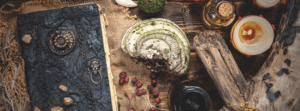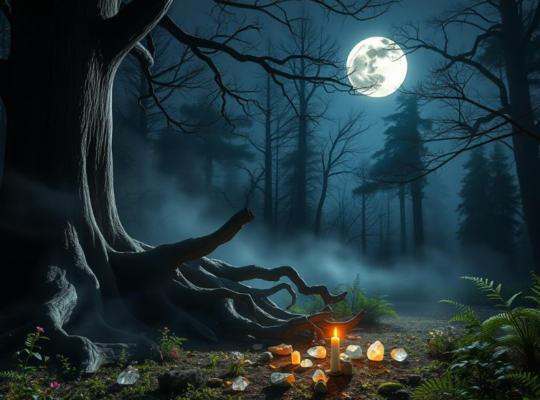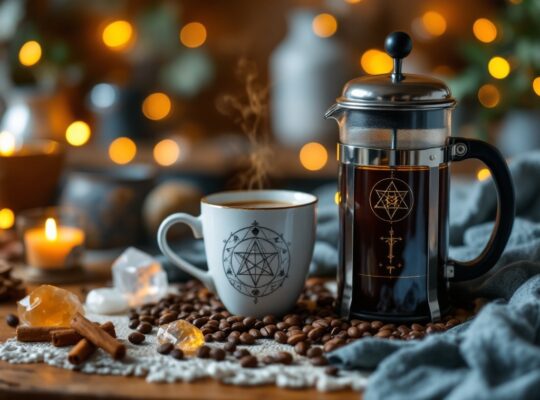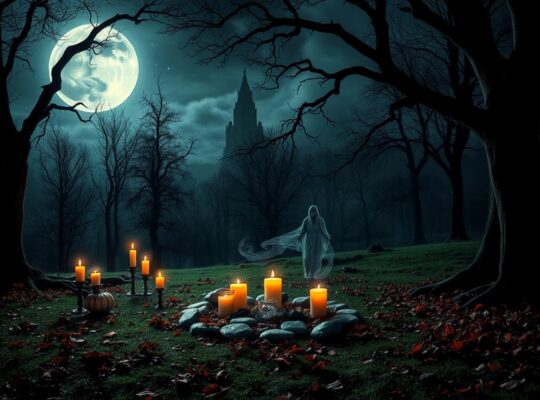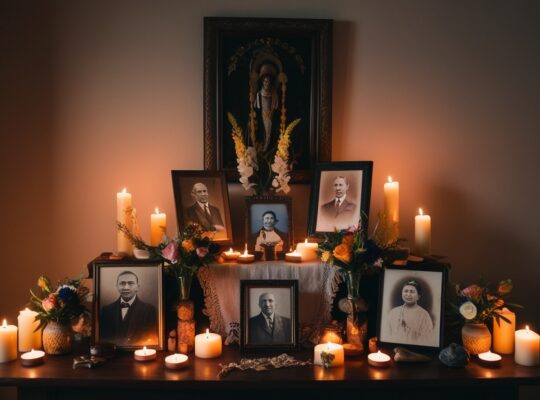Magic has always been an integral part of human culture, weaving its way through the fabric of our history and influencing the way we perceive the world. From the ancient Egyptians to the Mesopotamians, and from the Vedic traditions of India to the mystical practices of the Far East, magic has played a significant role. This blog aims to explore some of the oldest known magical traditions, shedding light on their historical significance and enduring legacy.
Concept of Magic in Ancient Cultures
Magic, in its many forms, has been a cornerstone of ancient civilizations. It was not just a means to an end but a way of understanding and interacting with the world. Ancient cultures believed that magic could influence natural forces, heal the sick, protect the community, and even communicate with the divine.
Historical Significance of Magical Practices
Magical practices were deeply intertwined with religion, medicine, and daily life. They were used to ensure successful harvests, protect against evil spirits, and secure the favor of the gods. These practices were often recorded in texts and passed down through generations, preserving the wisdom and beliefs of ancient peoples.
The Enigmatic Practices of Ancient Egypt: Magic of the Pharaohs
Ancient Egypt is perhaps one of the most well-known civilizations when it comes to magic. The Egyptians believed that magic, or “heka,” was a divine force that permeated the universe.
The Role of Magic in Ancient Egyptian Life and Death Rituals
Magic was an essential part of both life and death in ancient Egypt. It was used in everyday activities, such as healing and protection, as well as in elaborate rituals to ensure safe passage to the afterlife. The “Book of the Dead,” a collection of spells and incantations, was used to guide the deceased through the underworld and protect them from harm.
Heqa: The Magical Power of the Pharaohs
The Pharaohs were considered to be living gods, and they wielded immense magical power. Heqa was the divine energy that allowed them to perform miracles and maintain order in the kingdom. This power was believed to be granted by the gods and was a crucial aspect of the Pharaoh’s divine right to rule.
The Egyptian ‘Book of the Dead’
The “Book of the Dead” is one of the most famous magical texts from ancient Egypt. It contains a series of spells and incantations designed to protect the deceased and ensure their safe passage to the afterlife. These spells were often inscribed on tomb walls and burial objects, providing a magical safeguard for the journey ahead.
Mysteries of Mesopotamia: Cuneiform Incantations and Exorcists
Mesopotamia, the cradle of civilization, was home to some of the earliest known magical traditions. These practices were deeply embedded in the culture and daily life of the people.
Overview of Mesopotamian Magical Traditions
Magic in Mesopotamia was primarily concerned with protection and healing. It was believed that illness and misfortune were caused by malevolent spirits, and magic was used to ward off these evil forces. Cuneiform tablets, some of the earliest written records, contain detailed instructions for magical rituals and incantations.
Cuneiform Tablets Depicting Incantations and Rituals
Cuneiform tablets provide a wealth of information about Mesopotamian magic. These ancient texts include spells for protection, healing, and exorcism. They often depict rituals performed by priests and exorcists, who were highly respected figures in Mesopotamian society.
The Role of the Āšipu (Exorcists) in Mesopotamian Society
The āšipu, or exorcists, were specialists in dealing with malevolent spirits. They performed rituals to cleanse individuals and communities of evil influences. Their knowledge of magical practices was extensive, and they played a crucial role in maintaining the spiritual well-being of society.
Enchantments of the Far East: The Enduring Magic of Vedic Traditions
The Vedic period in ancient India saw the development of complex religious and magical practices. These traditions have had a lasting impact on Indian culture and spirituality.
Introduction to the Vedic Period
The Vedic period, dating back to around 1500 BCE, was a time of significant religious and cultural development in India. The Vedas, a collection of sacred texts, form the foundation of Hinduism and contain numerous references to magical practices.
Religious Rituals and Magical Rites in Vedic Texts
The Vedas describe a variety of rituals and magical rites designed to invoke the gods and harness their power. These practices were often performed by priests, who used chants, hymns, and offerings to achieve their desired outcomes.
Exploring the Rigveda
The Rigveda, one of the oldest Vedic texts, contains numerous hymns and spells that reflect the magical beliefs of ancient India. These texts provide insight into the ways in which the ancient Indians sought to influence the natural world and communicate with the divine.
From Rituals to Myths: The Legacy of Ancient Magical Traditions in Modern Times
The magical traditions of ancient civilizations have left a lasting legacy. They continue to influence modern religious and spiritual practices, as well as literature and media.
Influence on Contemporary Religious and Spiritual Beliefs
Many modern religious and spiritual practices have their roots in ancient magical traditions. For example, the use of amulets and talismans for protection is a practice that dates back to ancient times and is still prevalent today.
Cultural Significance and Preservation in Literature and Media
Ancient magical traditions are often depicted in literature and media, preserving their cultural significance and introducing them to new audiences. Books, movies, and television shows frequently draw on these ancient practices, keeping the magic alive in popular culture.
The Modern Quest for Ancient Wisdom
There is a growing interest in ancient wisdom and esoteric practices in modern times. People are increasingly turning to ancient texts and traditions for guidance and inspiration, seeking to reconnect with the mystical aspects of their heritage.
The magical traditions of ancient civilizations offer a fascinating glimpse into the beliefs and practices of our ancestors. From the heka of the Pharaohs to the cuneiform incantations of Mesopotamia and the Vedic hymns of India, these ancient practices have left an indelible mark on human history. As we continue to explore and understand these traditions, we gain a deeper appreciation for the rich tapestry of human culture and the enduring power of magic.
Until next time, wishing you balanced energy and elemental blessings!

FAQs
Q: What is the significance of the “Book of the Dead” in ancient Egyptian magic?
A: The “Book of the Dead” is a collection of spells and incantations used to guide the deceased through the underworld and protect them from harm. It played a crucial role in ancient Egyptian funerary practices.
Q: Who were the āšipu in Mesopotamian society?
A: The āšipu were exorcists who specialized in dealing with malevolent spirits. They performed rituals to cleanse individuals and communities of evil influences and were highly respected figures in Mesopotamian society.
Q: What are the Vedas, and why are they important in Vedic traditions?
A: The Vedas are a collection of sacred texts that form the foundation of Hinduism. They contain numerous references to religious and magical practices and provide insight into the beliefs and rituals of ancient India.
Q: How have ancient magical traditions influenced modern culture?
A: Ancient magical traditions have influenced modern religious and spiritual practices, as well as literature and media. They continue to be depicted in books, movies, and television shows, preserving their cultural significance and introducing them to new audiences.
Q: Why is there a growing interest in ancient wisdom and esoteric practices today?
A: There is a growing interest in ancient wisdom and esoteric practices as people seek to reconnect with the mystical aspects of their heritage. Ancient texts and traditions offer guidance and inspiration, providing a sense of connection to the past.

